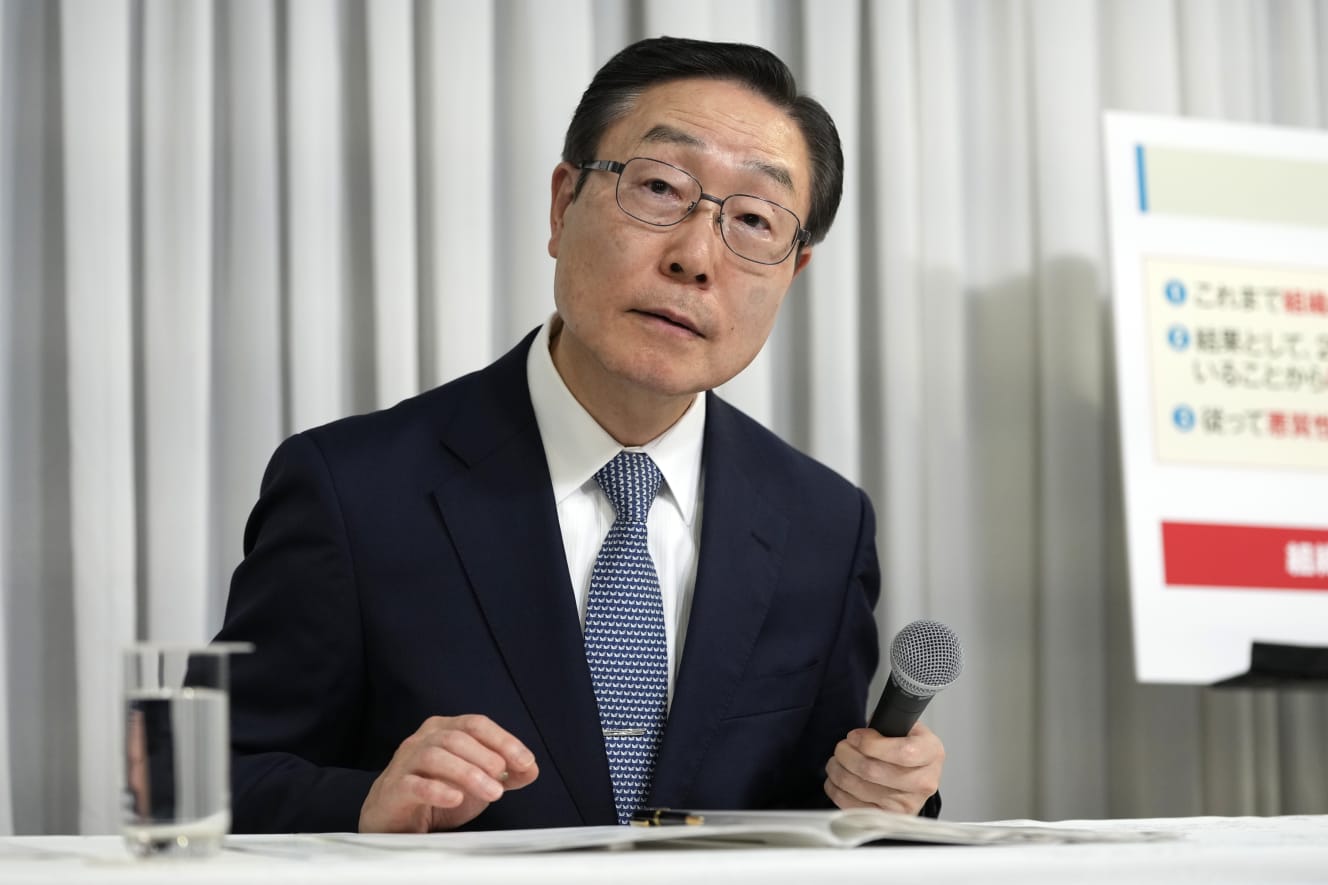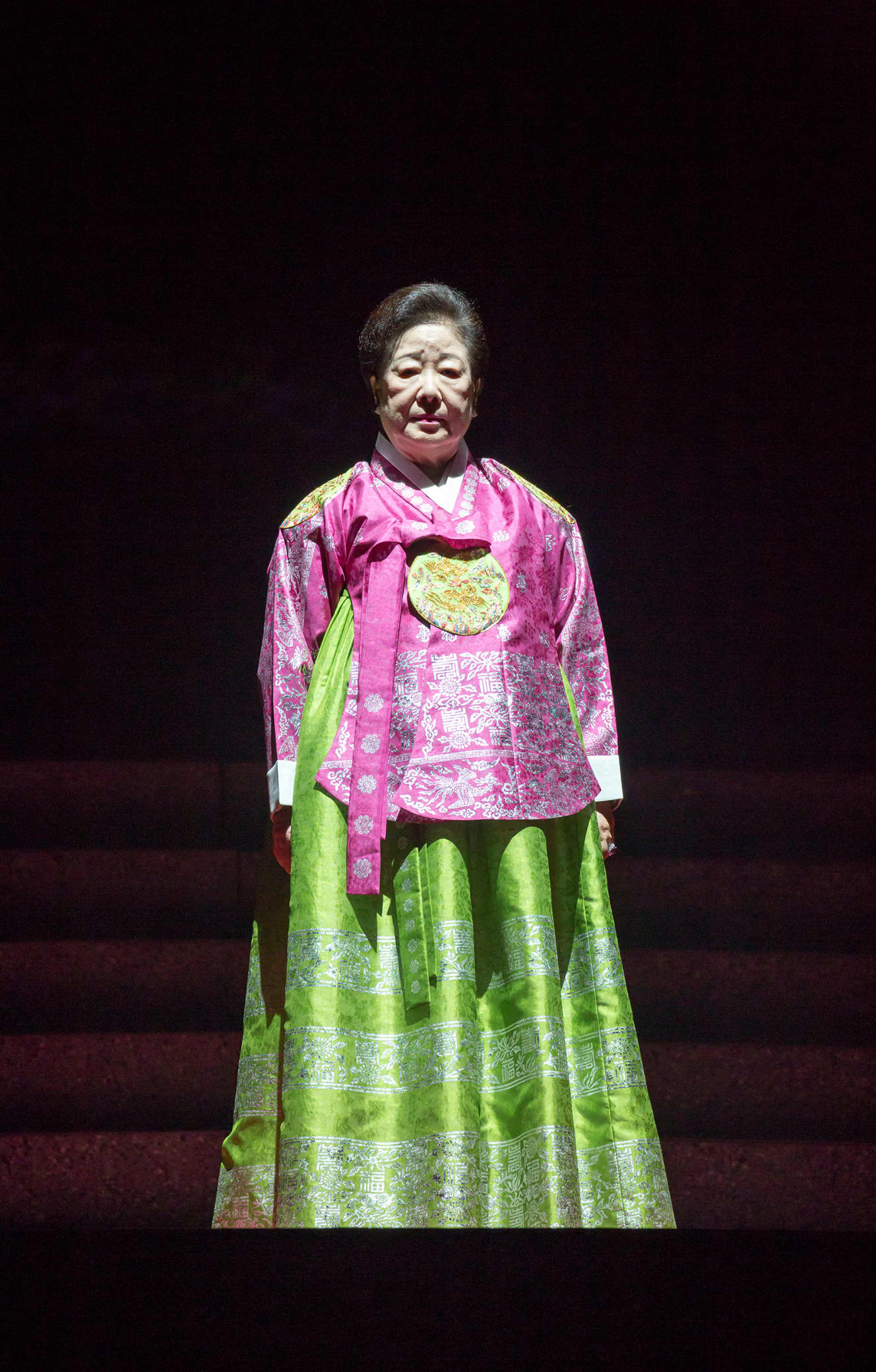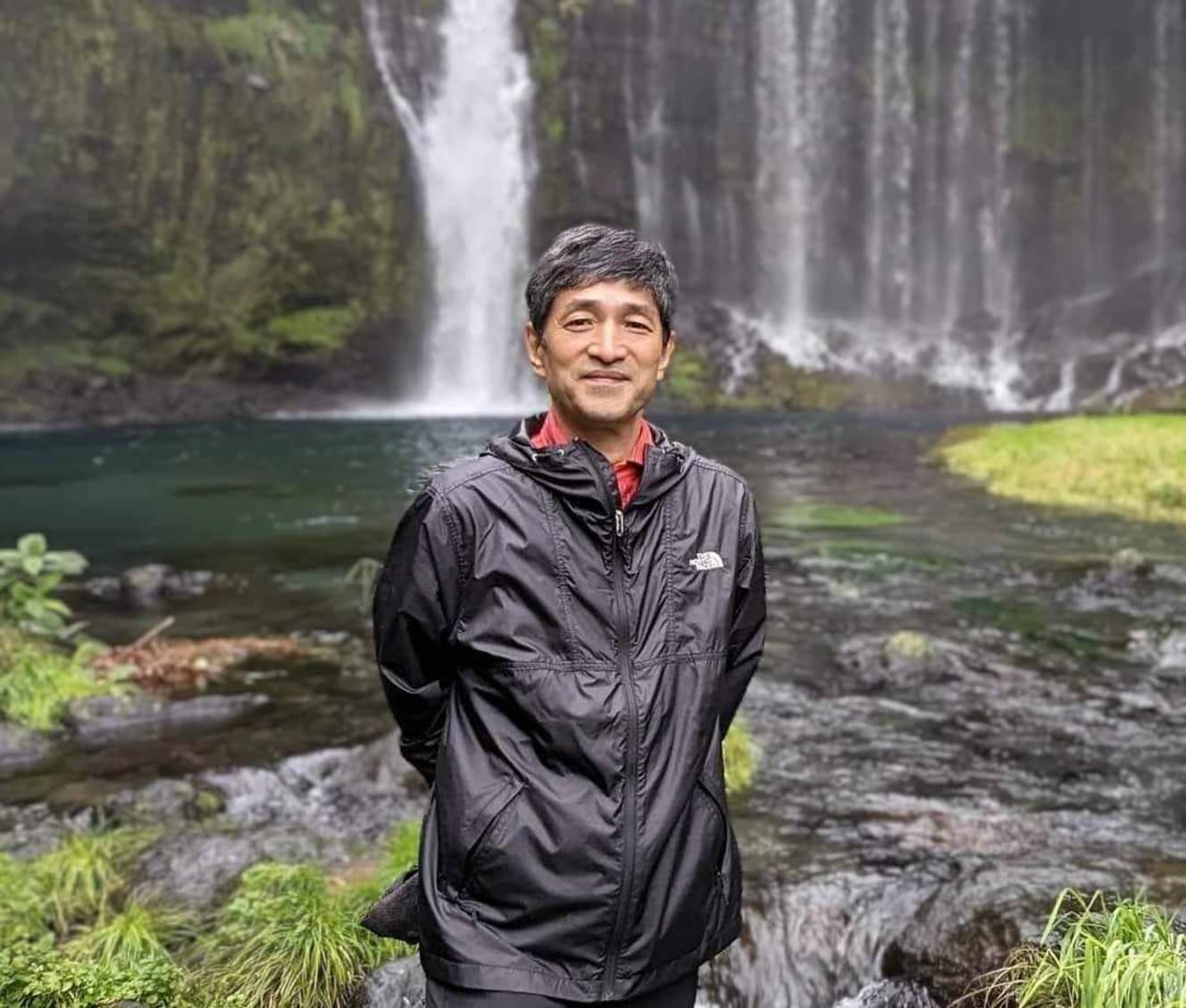I know because I am a former Aum executive! Fumihiro Jyosuke “What will happen now in the former Unification Church, where the dissolution order was requested,” shudder future!
Does the “dissolution order really work?”
This must be a question on everyone’s mind. On October 13, the government filed a request with the Tokyo District Court for an order to dissolve the former Unification Church (Family Federation for World Peace and Unification), but the order is not effective at this time. Only after a court ruling is issued will the dissolution of the religious corporation be finalized. In fact, the former Unification Church held a press conference three days after the request was filed, indicating that it is ready to fully contest the case.
Once the dissolution order becomes final, the assets of the religious corporation will be managed by a court-appointed “liquidator,” but in other words, the assets can be used as they please until the order is final. Some have expressed concern that the former Unification Church will “hide its assets.
We asked Fumihiro Uehiro, 60, former number two of the Aum Shinrikyo and current head of Hikari no Wa, who is both a victim and a perpetrator of brainwashing by the “cult,” for his opinion.
–What was your impression of the press conference on the dissolution order of the former Unification Church?
As expected, but there were three things that impressed me.
First, he criticized the government’s request for an order to dissolve the religious organization, saying that it would be a disgrace to constitutional government. In the first place, I thought that the religious organization has a combative character in that it has emphasized the crimes committed during the Japanese Empire and has fought against communist forces, and in addition to this, it is probably not satisfied with the current trend of the request for the dissolution order.
Second, while proposing a deposit of 10 billion yen to compensate for the damage, they maintained their traditional stance of ‘apologize but not apologize’ without admitting the involvement of the executive committee of the cult in the psychic business and excessive donations. This was probably unavoidable, since the existence or otherwise of instructions or involvement in illegal activities by the executive committee of the religious organization (i.e., the organizational nature of the illegal activities) is disputed at the trial for an order to dissolve a religious corporation, but I think the public felt that “the religious organization was lying. However, I believe that the public felt that “the Church was lying.
Third, the purpose of the 10 billion yen deposit announcement. I believe that they are trying to allay concerns that they will hide their assets in order to avoid paying compensation to the victims, and to show society that they are willing to pay compensation to the victims in order to gain an advantage in the court case for the dissolution order. At the same time, I wondered if they were aiming to show that the Church already has sufficient funds to cover any claims for compensation and reassure its followers, while also showing that donations are necessary for compensation to protect the Church from social criticism.”
Some critics have said, “The entire assets of the Order should be made public.
‘I think this could become important later on. The former I think the Unification Church is not only a religious corporation, but also a conglomerate of various related organizations in Japan and abroad, and I don’t think that the Japanese religious corporation is its only major asset. According to Suzuki Eight and others, there are assets outside the name of the religious corporation. The Agency for Cultural Affairs can receive reports on assets in the name of religious corporations under the Religious Corporations Law, but it cannot ascertain the assets of other religious organizations.”

–Is there a possibility that, like the Aum Shinrikyo of the past, the Aum Shinrikyo group could turn into a “mob” out of dissatisfaction with politics, or even commit acts of terrorism?
I think it is very unlikely that they will turn into a mob. The more cult-like a religious organization is, the more likely the guru and the upper management become absolute, but as far as is known, the founder, Moon Myung Moon, never ordered any violent actions. I believe that even after his death, the cult has inherited Moon’s ideology and behavior patterns. In general, it is the cults whose followers are mainly young people, like Aum Shinrikyō, that become violent, and the mainstays of the former Unification Church are already quite old.
However, when it comes to thinking, you might think that ‘the government and Japanese society are suppressing the cult,’ mainly among the core followers. As reported in the media, in response to this trend, the Korean president, Han Hak-chul-ja, told his Japanese followers, “Japan is a country of war criminals and original sin, and should compensate the victimized countries, but Japanese politicians are guilty of hunting down the Family Association and not recognizing [her] as the messiah, and Japan must be destroyed. Japan must be destroyed.
Tomihiro Tanaka, 67, also is said to have told his followers conspiracy-like stories, comparing them to the history of Christian oppression. One of the Order’s district executives, whom I have met on several occasions, also tried to interpret the criticism with a conspiracy theory. I think there is a concern that the core of the cult may see this request for a dissolution order as unreasonable oppression and deepen the traditional idea of Japanese society as a ‘country of original sin’ in a bad way.”
You are aware that you are being oppressed, aren’t you?
My experience with Aum suggests that the former Unification Church is a Christian group that views external aggression as oppression, and it is also said to harbor anti-Japanese ideology that has existed since its founder, Moon Sun Myung Moon, was born in Korea under the annexation of the Empire of Japan.
–What are the similarities and differences between Aum Shinrikyō and the former Unification Church?
Let me begin with the differences. Although the Unification Church has anti-Japanese ideology inside, it does not have the anti-establishment violent revolutionary ideology of Aum and the violent acts such as arming and murder as a means to achieve it. I think that is the biggest difference. According to Yoshio Arita (71), “the police force regarded the cult (former Unification Church) as dangerous,” and there is information that “a large number of air guns were purchased by a gun store affiliated with a believer,” but none of this has been confirmed.
As is often the case with religions, the common denominator is the belief that their guru is the messiah and their strong sense of self-esteem, and as a reaction, they are negative and critical of others and the outside world, and have a tendency toward victim consciousness and a worldview of oppression and conspiracy, and are combative. Younger generations of believers may be less inclined to do so, though. Shoko Asahara, the founder of Aum, also claimed a conspiracy worldview that “a dark state power will rule Japan,” and (when he realized that the world would not accept it) he began to emphasize the fight against the domination and oppression of evil in Christian eschatology.
This may sound a little racy, but we have information that Moon Jae-in was born during the period of Korea’s annexation to the Japanese Empire, which probably shaped his anti-Japanese sentiments, and that he was a conscript for Chisso, a Japanese company that expanded into Korea in the process. On the other hand, author Shinya Fujiwara, 79, has learned from Asahara’s eldest brother that Asahara lived in Yatsushiro, Kumamoto as a child and suffered visual impairment as a victim of Minamata disease caused by Chisso Corporation, but that his victim application was not approved. His eldest brother has passed away, and the authenticity of this story cannot be confirmed, but I feel that both of them may have developed negative feelings toward the society in which they were born and raised, and a sense of victimhood during their childhood.

–What do you think about Han Hako? What are her charms and shortcomings as an Oyasama?
I think her charisma comes from the fact that she was chosen as the official wife of Moon Myung Moon. However, as reported, the fact that she still sees Japan as a war criminal nation is clearly outdated as a response to Japanese society, even if the leftist and older generation in Korea may sympathize with her. ‘Criticizing people for not recognizing themselves as saviors as a sin’ is a common thing for cult leaders, similar to Asahara of Aum. I think it is a psychological condition that, from an outsider’s objective point of view, appears to be grandiose self syndrome, paranoia, and social maladjustment.”
–Do you think the former Unification Church will stop collecting “offerings” and sending money to Korea now that the dissolution order has been issued? Or will they move to hide their assets?
I believe that the church will try to avoid any actions that would be detrimental to its cause, since it will be fighting a lawsuit for a dissolution order at least for the next few years. At the press conference, the Sect stated that it had prepared 10 billion yen in cash as a deposit to guarantee compensation for damages. However, I have long heard from people involved in the organization that they are not worried about compensation because the organization has sufficient financial resources. It was also reported recently that over 50,000 believers have submitted a petition to the government opposing the order to dissolve the religious organization. If a significant number of believers still continue to believe in the faith, it would not be difficult to collect 10 billion yen in donations each year.
In other words, there is no need to hide assets by selling off the cult’s real estate or changing the name of the property. Once the dissolution order is finalized, the assets will be liquidated and compensation for victims will be made, but if there are sufficient cash funds, they should just pay them all. The remaining assets, such as real estate, should be returned to those involved in the cult in accordance with the Religious Corporation Law. The voluntary organization of the Order after the dissolution order would be able to continue to use them.
Nevertheless, it is unlikely that they would be forced to hide them, even at the risk of a court case going against them. However, I think there is a possibility that they will take a discreet detour. Regarding money transfers to South Korea, they may take the form of having individual believers travel to South Korea so that the Japanese government will not have a clear picture of the actual situation and the scale of the money transfers. Also, as mentioned earlier, only Japanese religious corporations are subject to the dissolution order. Since the Order is an aggregation of many domestic and foreign organizations, it is possible that future donations by believers may be directed to affiliated organizations rather than to Japanese religious corporations. Even now, it is said that the Order has many assets that are not in the name of a religious corporation, and from society’s perspective, the Order ‘already has’ hidden assets that are unaffected by the dissolution order.”
The request for a dissolution order is not the “end. The process will finally begin.
Interview and text: Yuria Fukatsuki
Graduated from the Department of Political Science, Faculty of Law, Keio University. Representative of the Fukatsuki Office. She writes for numerous media and also works as an actress, model, belly dancer, and FM radio personality. She is also actively involved in animal welfare activities and produced her own TV program "Animal Welfare, Living in Harmony with the Earth" for TV Kanagawa.
